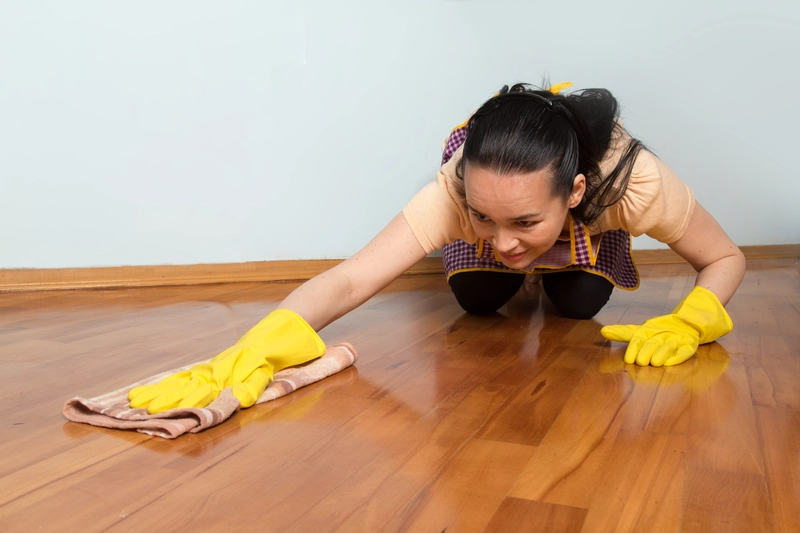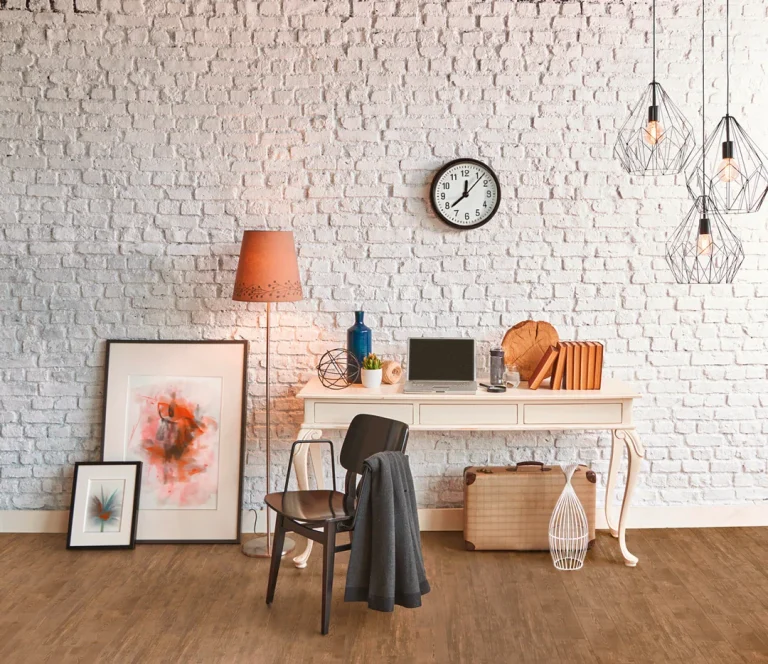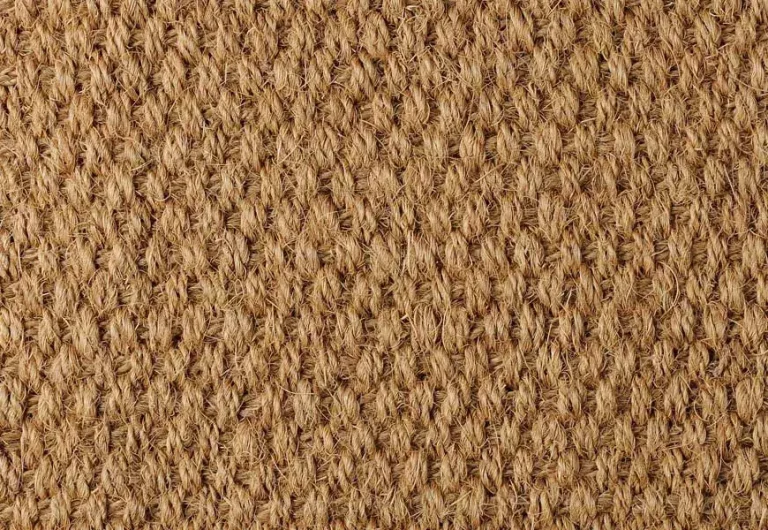Are you tired of seeing scratches on your beautiful laminate flooring? We explore the common causes of the scratches and provide practical tips for laminate flooring scratch repair.
We also discuss whether laminate floors scratch easily and what factors can affect their scratch resistance. Find step-by-step instructions on how to repair scratches on laminate flooring, including options for fixing deep scratches.
Learn how to properly care for your laminate flooring and keep it looking flawless for years to come.
Do Laminate Floors Scratch Easily?
Laminate floors, whilst designed to be durable, can still be prone to scratching depending on the quality of the laminate and the conditions in which they are used, as noted by flooring specialist Jon Gholian from Cleany in New York City and New Jersey.
Causes of Scratches on Laminate Flooring
Scratches on laminate flooring can be caused by various factors, including heavy objects, sharp items, and regular wear and tear from daily use. Understanding these causes can help you take steps to prevent damage.
Common causes include:
- Dragging furniture: Moving heavy furniture without protective pads can leave deep marks on the surface.
- Pets’ nails: Dogs and cats with untrimmed nails can unintentionally scratch the floor as they move around.
- Dirt and debris: Grit and small particles act like sandpaper when walked on, wearing down the laminate’s surface.
- High foot traffic: Daily activity, especially in busy areas, gradually wears down the protective layer of the flooring.
- Sharp objects: Dropped tools, shoes with heels, or anything with a pointed edge can scratch the surface on impact.
By identifying these causes, you can take proactive steps—like using felt pads, keeping floors clean, and trimming pet nails—to preserve your laminate flooring for longer.
Factors Affect Scratch Resistance of Laminate Flooring
The scratch resistance of laminate flooring is influenced by the quality of the top layer and the core materials used in its construction.
High-quality laminates employ advanced technologies and materials to enhance scratch resistance. For instance, many premium laminates feature an aluminium oxide layer on top, known for its durability and superior scratch resistance. This protective layer shields the flooring from wear and tear, maintaining its aesthetic appeal over time. The core materials in high-quality laminate flooring are often engineered to provide extra sturdiness, making them less susceptible to scratches compared to lower-quality alternatives.
Laminate Flooring Scratch Repair Guidance
Laminate flooring scratch repair involves using various methods such as repair kits, wax, or filler to restore the appearance of the floor.
1. Using a Laminate Floor Repair Kit
Using a laminate floor repair kit is one of the most efficient ways to address scratches, as these kits typically contain all the necessary tools and materials for the job.
One essential component found in laminate floor repair kits is the repair compound. This compound is designed to fill in the scratches on the surface, helping to restore the seamless look of the floor. These kits often include colour markers or crayons that match various laminate floor finishes, allowing you to blend the repaired area with the rest of the floor.
Another crucial item in these kits is a cleaning solution or wipe. Before applying any repair materials, it’s important to thoroughly clean the scratched area to remove dirt, debris, and any residues that may affect the adhesion of the repair compound.
2. Filling in Scratches with Wax or Putty
Filling in scratches with wax or putty is a common method to repair minor to moderate damage on laminate flooring, especially when colour matching is crucial.
To begin the process, start by cleaning the scratched area thoroughly to remove any dust or debris that could affect the bond of the repair material. Next, select a wax stick or putty that closely matches the colour of the laminate flooring. Use a plastic scraper to press the wax or putty into the scratch, filling it completely. Once the scratch is filled, use a putty knife to level off the excess material and create a smooth finish.
For the best results, ensure the repair material is completely dry before sanding it down gently to blend with the surrounding floor. To further refine the colour match, consider using a touch-up marker or stain on the repaired area. Finish off the repair by buffing the area with a clean cloth to restore shine and lustre.
3. Sanding and Refinishing the Area
Sanding and refinishing the area is an effective technique for addressing deeper scratches on laminate flooring, although it requires careful execution to avoid further damage.
When sanding the scratched area, start by using fine-grade sandpaper to gently sand over the damaged section. Make sure to sand in the direction of the grain to prevent any additional harm.
After sanding, thoroughly clean the area to remove any dust and debris. Once the surface is clean and smooth, apply a matching laminate filler to the scratched area, following the manufacturer’s instructions. Allow the filler to dry completely before lightly sanding it to blend it with the surrounding flooring.
How to Fix Deep Scratches on Laminate Flooring
Dealing with deep scratches on laminate flooring often requires more extensive repair methods or even replacing the damaged plank entirely.
Using a Laminate Floor Repair Kit
For deep scratches, a laminate floor repair kit with filler sticks that match the colour of your flooring can provide a long-lasting solution.
Before starting the repair process, ensure that the scratched area is clean and dry. Use a gentle cleaner to remove any dirt or debris, and allow it to fully dry. Next, carefully examine the different filler sticks in the kit to find the one that best matches the colour of your floor. Colour matching is crucial for a seamless finish.
Once you have selected the appropriate filler stick, gently apply it to the scratched area, following the instructions provided in the kit. Make sure to fill the scratch completely and level it with the surrounding floor surface. Use a clean cloth to wipe off any excess filler.
Replacing the Damaged Plank
Replacing the damaged plank is sometimes the best option for severe scratches or gouges, requiring tools like a circular saw and a pry bar.
To start, carefully measure the length of the damaged plank that needs to be removed. Using the circular saw, cut along the marked lines to remove the damaged section. Next, insert the pry bar underneath the adjacent planks and gently lift to loosen and remove the damaged plank. Clean the area of any debris or leftover nails before proceeding. When inserting the new plank, ensure it aligns seamlessly with the existing flooring pattern.
Apply wood glue along the edges of the neighbouring planks and carefully slide the new piece into place. Use a rubber mallet to tap the plank gently until it sits flush with the surrounding flooring.
How to Properly Care for Laminate Flooring
Proper care for laminate flooring involves a combination of regular cleaning, preventive measures, and timely repair of any scratches or damages.
Keeping laminate floors looking their best requires a consistent routine that includes sweeping or vacuuming frequently to remove dirt and debris that can scratch the surface. Using a damp mop with a manufacturer-recommended cleaner is essential to maintain the original finish without causing water damage.
Preventative strategies like placing doormats at entrances to trap dirt and using furniture pads to prevent scratches are simple yet effective ways to protect your floors. Promptly addressing any spills or stains helps prevent them from seeping into the seams, causing potential damage.

In conclusion, Laminate flooring scratch repair is a straightforward process that can restore the beauty and longevity of your floors. Whether you opt for DIY methods or professional products, maintaining your laminate floors ensures they remain a stunning feature in your home for years to come.
See product: Elka 8mm V-Groove Driftwood Oak
For those looking to upgrade or replace their flooring, consider purchasing high-quality laminate flooring from TEKA Flooring. With a wide range of styles and exceptional durability, TEKA Flooring is your go-to source for all your laminate flooring needs. Visit TEKA Flooring today and discover the perfect flooring solution for your home.
Read also:

































